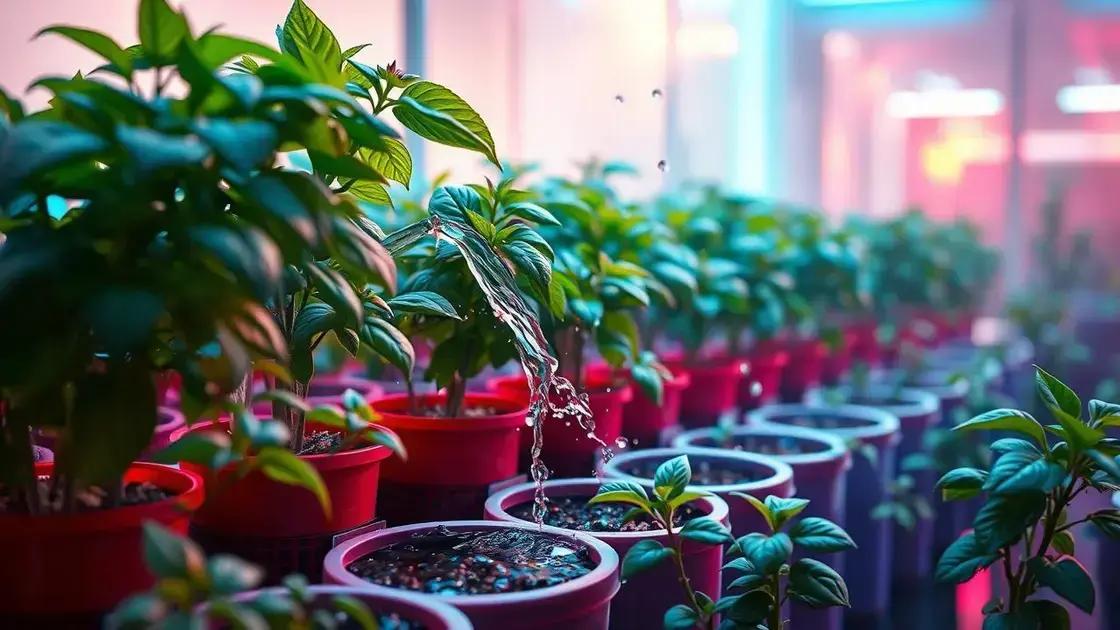How to care for thai basil plant can be an intriguing subject for any home gardener. With its aromatic leaves and unique flavor, this herb not only enhances dishes but also adds beauty to your garden. Discover the secrets to nurturing your thai basil, ensuring it grows healthy and robust, while avoiding common pitfalls.
Table of Contents
ToggleEssential sunlight requirements for healthy thai basil growing
Essential sunlight requirements for healthy thai basil growing are crucial for cultivating vibrant and aromatic plants. Thai basil thrives best when it receives the right amount of sunlight, which not only supports its growth but also enhances its flavor profile.
To ensure your thai basil flourishes, follow these key guidelines:
- **Ideal sunlight duration**: Thai basil plants prefer about 6 to 8 hours of direct sunlight each day.
- **Location selection**: Choose a spot that provides ample sunlight, such as a south-facing window or a patio with unobstructed access to the sun.
- **Supplemental lighting**: If natural light is insufficient, consider using grow lights to ensure your plants receive adequate light, especially during shorter winter days.
- **Monitoring light exposure**: Keep an eye on your plants for signs of insufficient light, such as leggy growth or pale leaves, indicating they may need more sun exposure.
Here’s a brief overview of how sunlight impacts thai basil growth:
| Sunlight Condition | Plant Growth |
|---|---|
| Too little sunlight | Weak and leggy plants, reduced flavor |
| Optimal sunlight | Strong, bushy growth, enhanced aroma and flavor |
| Too much direct sunlight | Burnt leaves and stress, especially in extreme heat |
Additionally, understanding exploring indoor gardening techniques can greatly enhance your experience in growing thai basil indoors, ensuring that your plants receive the optimal light they need.
In conclusion, paying attention to the sunlight requirements for your thai basil plant is vital. Provide the right conditions, and you’ll be rewarded with fresh basil leaves ready to elevate your culinary creations!
Practical watering techniques for thriving basil plants

Practical watering techniques for thriving basil plants are essential to ensure your basil grows lush and flavorful. Proper watering not only supports plant health but also plays a significant role in maximizing the flavor of your herbs.
Here are some water management strategies you’ll want to recognize:
- **Watering frequency**: Water your thai basil plants when the top inch of soil feels dry. This usually means watering every 3-7 days, depending on climate and humidity.
- **Watering method**: Use the “soak and dry” method. Water thoroughly until it runs out at the bottom of the pot, then allow the soil to dry out before watering again.
- **Avoiding overwatering**: Make sure your pot has drainage holes. Overwatering can lead to root rot, which is detrimental to basil growth.
- **Temperature considerations**: Water your plants either early in the morning or late in the evening to prevent excessive evaporation during the heat of the day.
Signs of water stress in basil plants
It’s crucial to recognize how your basil reacts to watering. Here are some indicators:
- Underwatering signs: Wilting leaves, crispy leaf edges, and stunted growth.
- Overwatering signs: Yellowing leaves, mushy stems, and a sour smell from the soil.
Monitoring these signs will help you adjust your watering routine effectively.
Best practices for watering basil indoors
When exploring indoor gardening techniques, consider the following:
- Use a moisture meter to precisely gauge soil moisture levels.
- Keep pots elevated on trays to collect excess water and prevent root saturation.
- Regularly check for pests that could harm your plants, as stress from pest damage can affect watering needs.
By implementing these practical watering techniques, you’ll create a solid foundation for thriving thai basil plants. Consistent care can lead to a bountiful harvest of aromatic leaves that enhance your culinary dishes!
Common pests and diseases affecting thai basil plants
Common pests and diseases affecting thai basil plants can significantly impact growth and flavor. Understanding these issues is crucial for maintaining healthy plants that thrive.
Here’s a look at the most common threats:
Common pests encountered
- **Aphids**: Small, soft-bodied insects that suck sap from basil leaves, causing yellowing and stunted growth.
- **Spider mites**: Microscopic pests that cause fine webbing on leaves and can result in leaf discoloration.
- **Whiteflies**: These tiny insects feed on the underside of leaves and can weaken your plants significantly.
- **Fungus gnats**: Larvae feed on the roots of the plant, leading to a decline in health.
Common diseases that affect basil
Diseases can also pose a risk to your thai basil. Here are a few to watch out for:
- **Fusarium wilt**: A fungal disease that causes yellowing leaves and wilting, ultimately leading to plant death.
- **Downy mildew**: Characterized by a white, fuzzy growth on the undersides of leaves and can severely damage plants.
- **Bacterial leaf spot**: Causes water-soaked spots on leaves, followed by yellowing and dieback.
Preventive measures and treatments
To keep your thai basil safe from pests and diseases, implement these strategies:
- **Regular inspection**: Check your plants weekly for signs of pests or disease.
- **Maintain cleanliness**: Remove dead leaves and debris that can harbor pests and pathogens.
- **Use organic pesticides**: Neem oil and insecticidal soap can effectively manage pest infestations.
- **Rotate crops**: Avoid planting basil in the same spot year after year to prevent soil-borne diseases.
For more tips, consider exploring indoor gardening techniques that promote healthier plants.
By being aware of these common pests and diseases affecting your thai basil plants and taking proactive measures, you can ensure a thriving crop ready for use in your favorite dishes!
In conclusion
Caring for thai basil plants requires attention to various factors, including sunlight, watering techniques, and pest management. By understanding the essential needs for healthy growth and being proactive about potential issues, you can cultivate thriving basil that enhances your culinary experiences. For further guidance, check out these tips on enhancing your indoor garden.

